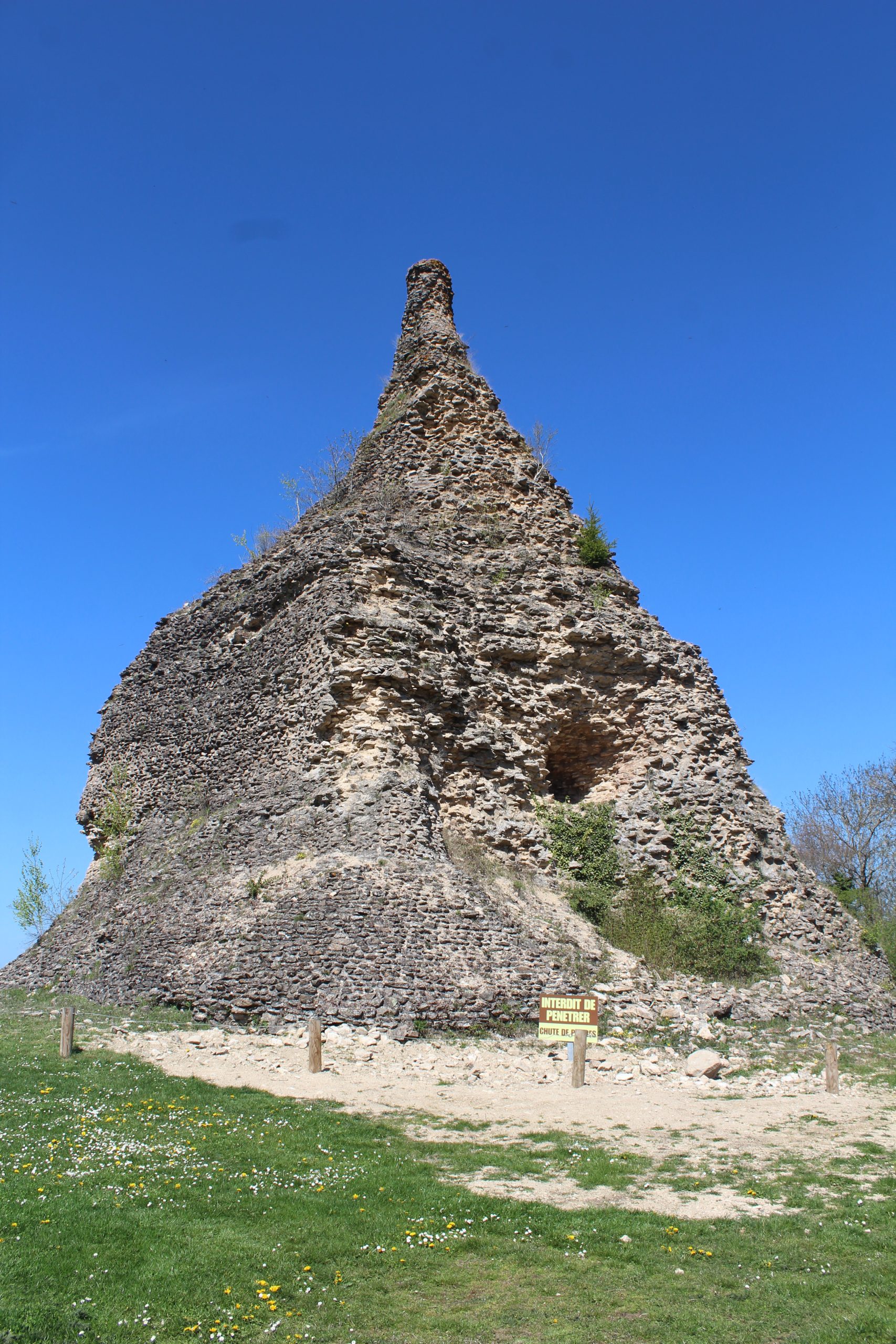The Couhard Pyramid: A Monument Shrouded in Mystery
The Couhard Pyramid, an ancient edifice that has stood the test of time, is a remarkable structure located near the ancient necropolis of “Champ des Urnes” in Autun, a commune in Saône-et-Loire, France. This pyramid, which majestically overlooks the town of Autun, is believed to have been constructed in the 1st century AD. Its presence near one of the large necropolises of the Roman city of Augustodunum, the ancient name for Autun, hints at its probable function as a funerary monument. Despite its long history, the pyramid’s true purpose and the identity of those it commemorates remain subjects of much speculation and debate.
Get your dose of History via Email
Etymology
The name of the pyramid derives from the hamlet of Couhard, in proximity to which the monument is situated. This geographical connection has lent the structure its name, anchoring it firmly within the local landscape and history.
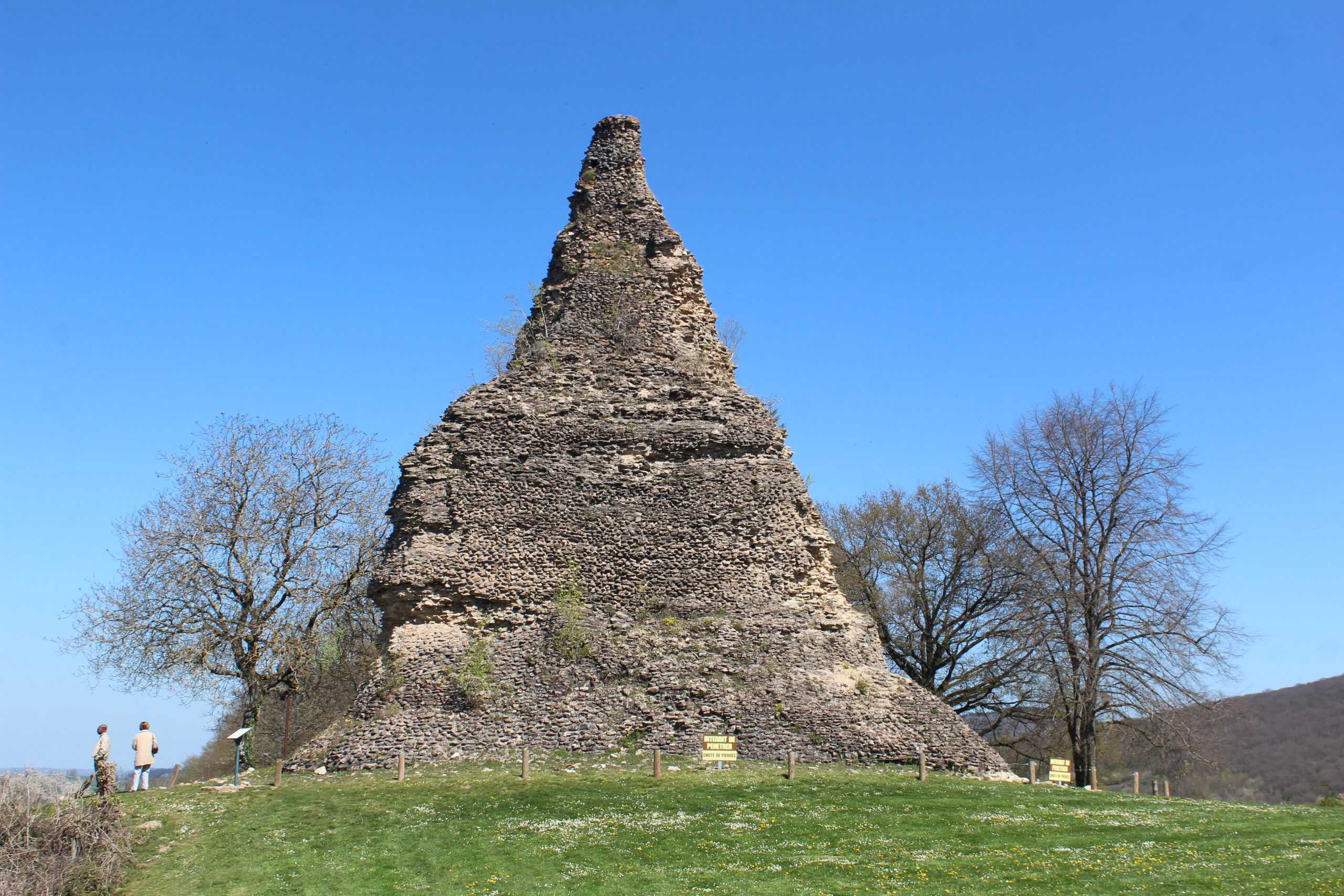
Description
The monument’s architecture is that of a square pyramid, originally measuring 10.50 meters on each side and standing at a height of 22.65 meters. Notably, the pyramid does not contain an interior chamber, a feature that distinguishes it from many other ancient pyramidal structures. The remnants of the pyramid that survive today offer a glimpse into its grandeur and the architectural prowess of its creators.
Function of the Monument
Situated within the bounds of a Roman necropolis, it is highly probable that the Couhard Pyramid served a funerary purpose. Whether as a tomb housing the remains of a deceased individual or as a cenotaph commemorating someone’s memory, the pyramid stands as a testament to the Roman practice of situating cemeteries outside city walls.
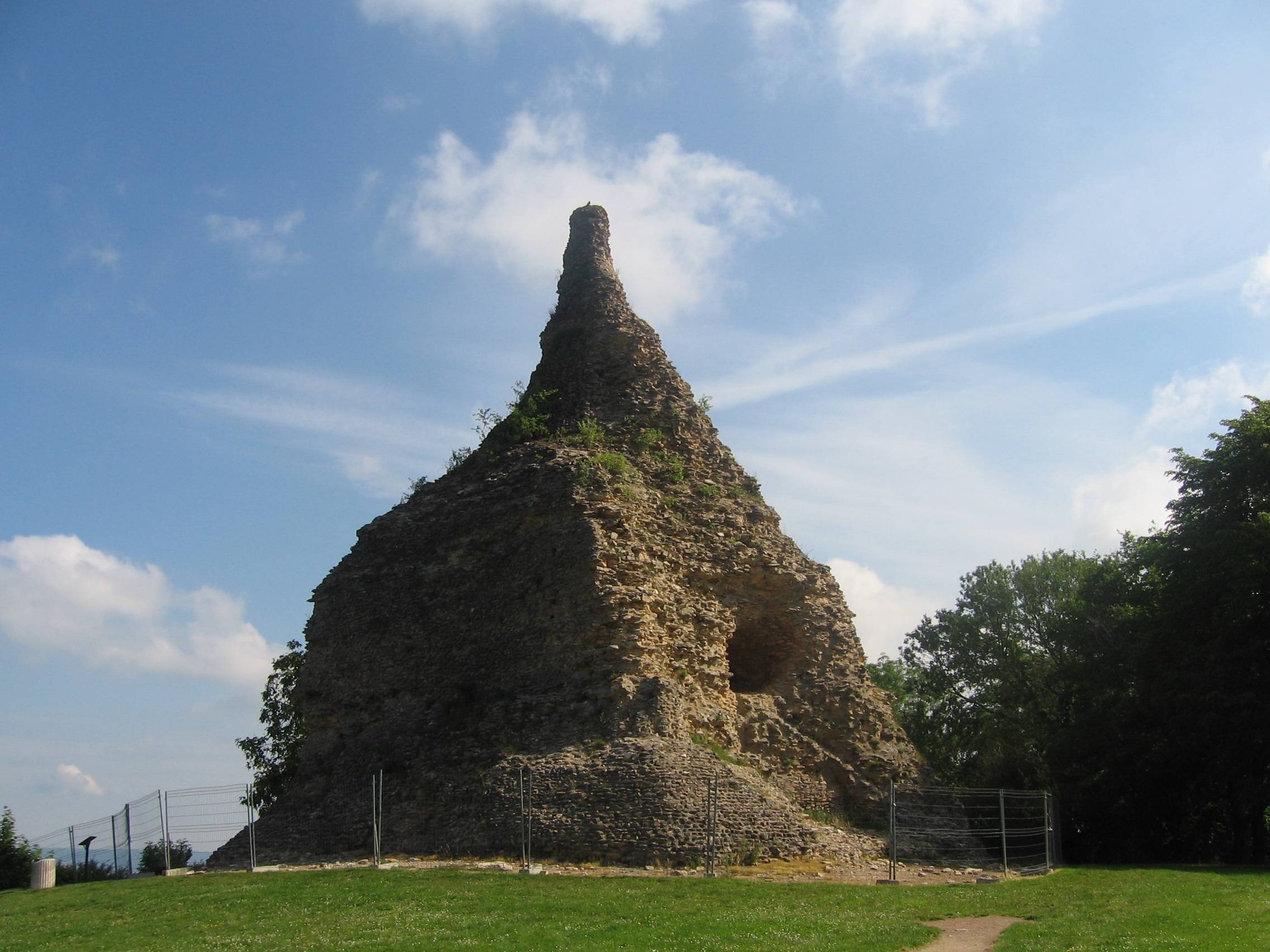
Architecture and Excavations
Historical records, including an 18th-century watercolor by Jean-Baptiste Lallemand and a plan from the time of François I, reveal that the pyramid was originally adorned with a white marble facing. Excavations undertaken in the 17th and 19th centuries, notably by the Abbot of Castile in 1640 and later by Desplaces and Martigny in 1840, failed to uncover an interior chamber, leading to various interpretations and hypotheses regarding the pyramid’s purpose. In 1960, a “magic tablet” dating from the 2nd century was discovered at the base of the monument, adding another layer of mystery to its history.
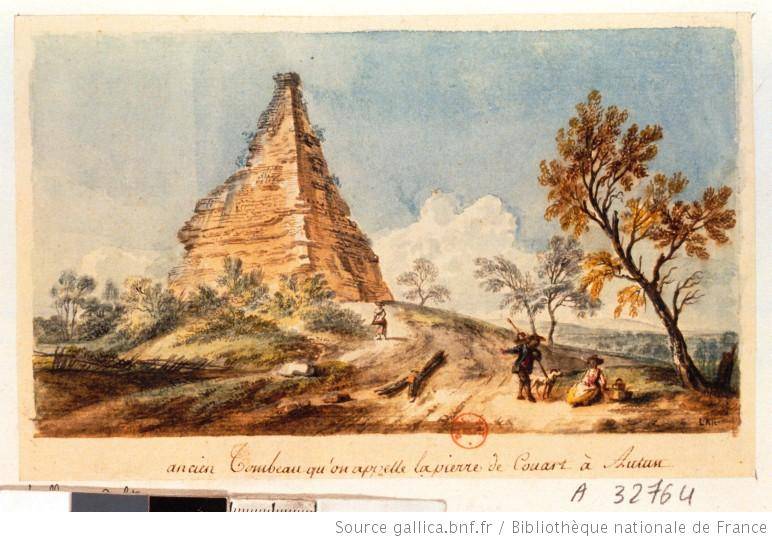
Restorations
The Couhard Pyramid has undergone several restorations over the years. Notably, a restoration effort in the early 1980s utilized cement mortar, which later proved detrimental to the structure’s integrity. In 2021, a new restoration campaign was launched, focusing on removing the damaging cements and replacing them with lime, a material more conducive to the preservation of the ancient stones. This latest restoration, costing 275,000 euros, underscores the ongoing commitment to preserving this enigmatic monument for future generations.
The Couhard Pyramid remains a subject of fascination and scholarly interest, emblematic of the rich historical tapestry of Autun and the enduring legacy of Roman architecture and funerary practices. Its mysteries continue to captivate historians, archaeologists, and visitors alike, making it a cornerstone of the cultural heritage of Saône-et-Loire.
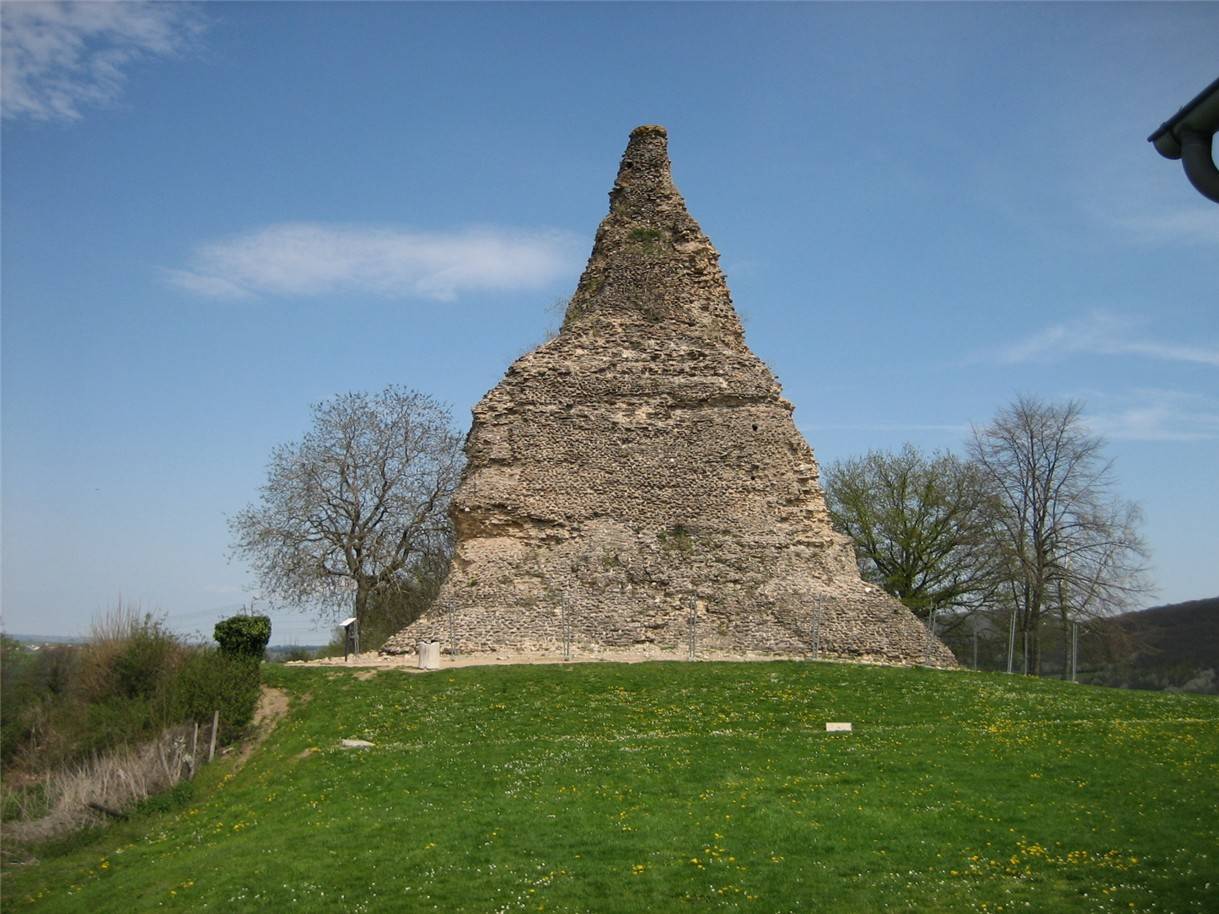
Sources:
https://www.burgundy-tourism.com/sit/pierre-de-couhard
Mentioned https://en.wikipedia.org/wiki/Autun
https://fr.wikipedia.org/wiki/Pyramide_de_Couhard

